Environmental Impact of Nuclear Energy
4 minute readNuclear energy offers low emissions and reliable power, but it also raises concerns about waste, water use, and safety.
Home > Learning Center > Energy Production > The History & Future of Nuclear Energy
5 minute read • Last update November 2023
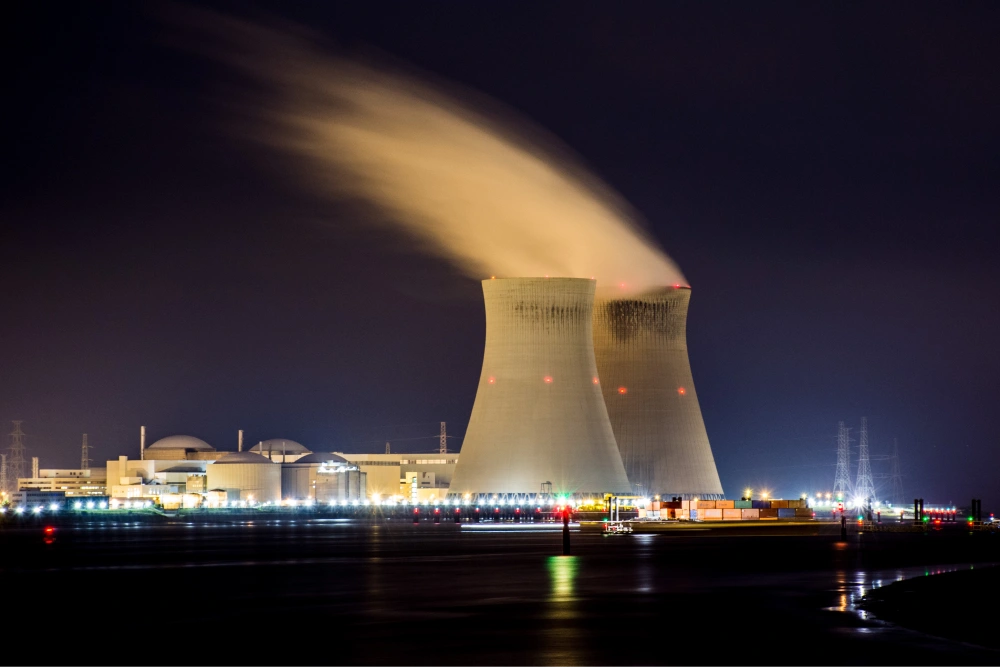
In 1934, Italian physicist Enrico Fermi led a team of scientists on the journey to discovering energy produced by nuclear fission. The team bombarded uranium atoms with neutrons in laboratory experiments. Upon examining the materials after conducting the tests, they were surprised to find that the remaining elements were lighter than uranium – the atoms had split apart. This was the first ever self-sustaining nuclear fission reaction created by humans.
Nuclear power has been a significant source of electricity in the United States for over 60 years, but the history of nuclear energy spans more than 100 years. Here is a brief overview of its key milestones:
The discovery of X-rays by Wilhelm Conrad Roentgen lays the foundation for the understanding of radiation.
Marie and Pierre Curie discover polonium and radium, two radioactive elements.
James Chadwick discovers the neutron, a subatomic particle crucial for nuclear reactions.
Enrico Fermi creates the first self-sustaining nuclear fission reaction.
Otto Hahn and Fritz Strassmann fire neutrons at uranium atoms, causing nuclear fission. They later confirm that energy was released during this process, setting the groundwork for the use of nuclear fission to generate power.
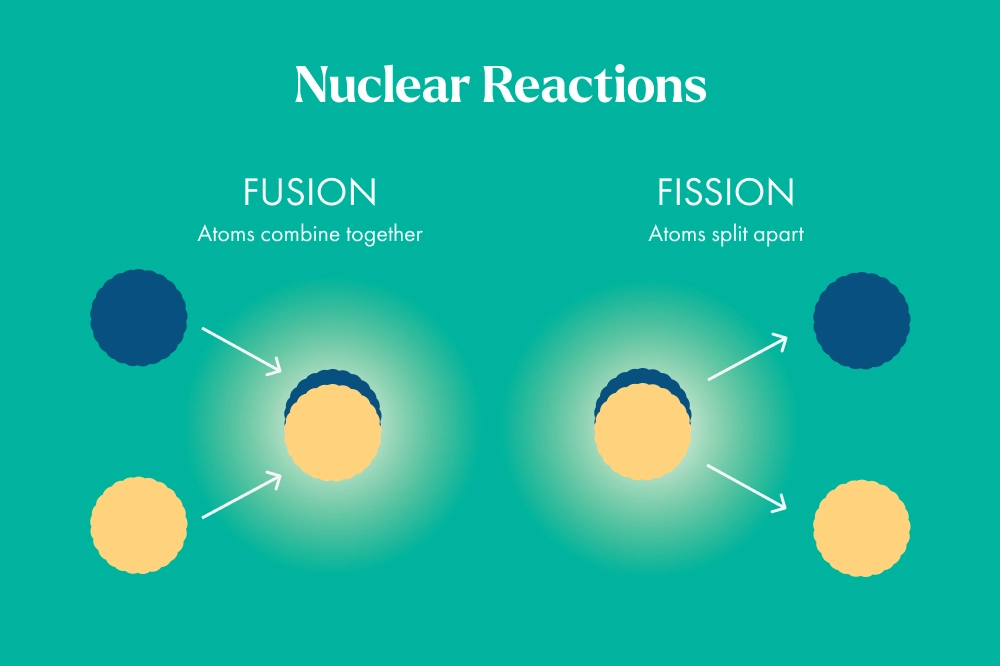
The Manhattan Project takes places during World War II, leading to the development of the first atomic bomb. The United States drops two atomic bombs on Japan, first on August 6, 1945 and again on August 9, 1945.
The Atomic Energy Act is enacted in the U.S., providing a regulatory framework for the peaceful use of the nuclear energy.
The Experimental Breeder Reactor, 1 in Idaho, became the first nuclear power plan in the United States.
The first ever full-scale nuclear power plant begins to operate in the Soviet Union.
The Shippingport Atomic Power Station in Pennsylvania becomes the world’s first commercial nuclear power plant.
Significant growth of nuclear power plants in the United States, with the number of operating reactors increasing from 29 to 60. In 1979, the Three Mile Island accident occurs in Pennsylvania, a partial nuclear meltdown that spurs fears of the safety of nuclear power.
The Chernobyl nuclear disaster occurs. The worst nuclear disaster in history, causing widespread contamination and damage.
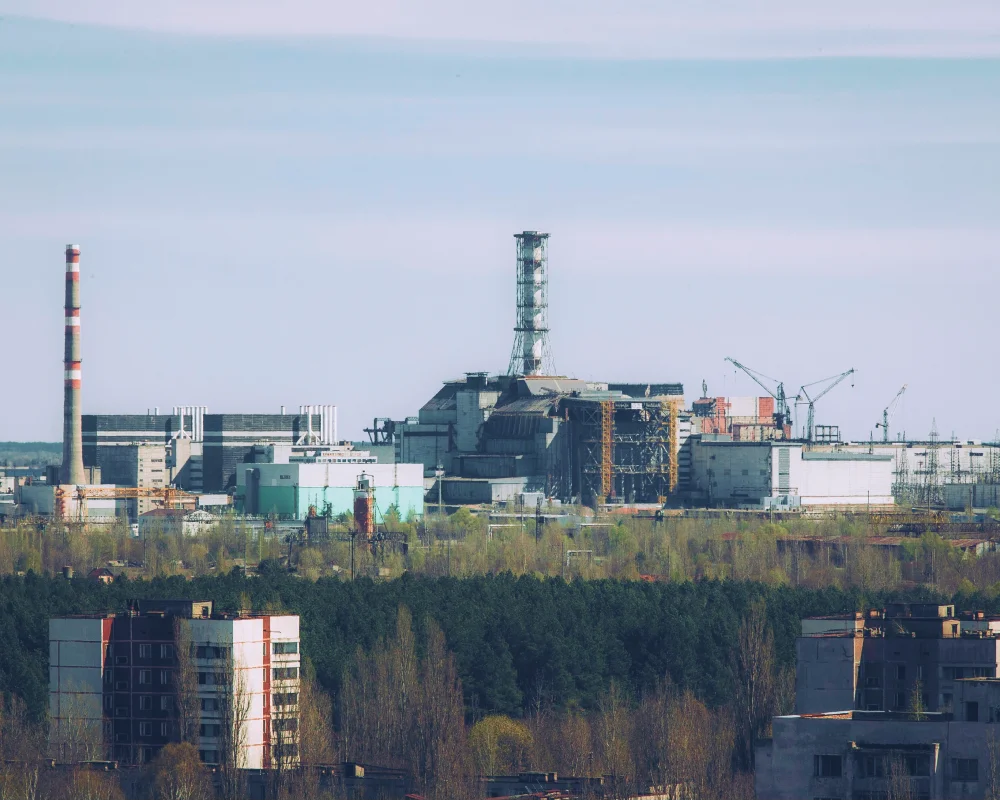
The Fukushima Daiichi nuclear disaster occurs in Japan, triggered by a massive earthquake and subsequent tsunami.
Nuclear energy continues to be used worldwide, with ongoing efforts to enhance safety, efficiency, and the management of radioactive waste.
There are a lot of fears and stigma surrounding nuclear energy – some are justified, others unfounded. But it’s important to remember that nuclear energy is incredibly useful. Here are a few applications to consider:
Nuclear energy is primarily utilized for electricity generation. Nuclear power plants use nuclear fission reactions to produce heat, which is then converted into electrical energy. These power plants play a significant role in providing a reliable and consistent source of electricity to meet the growing energy demands of communities and industries.
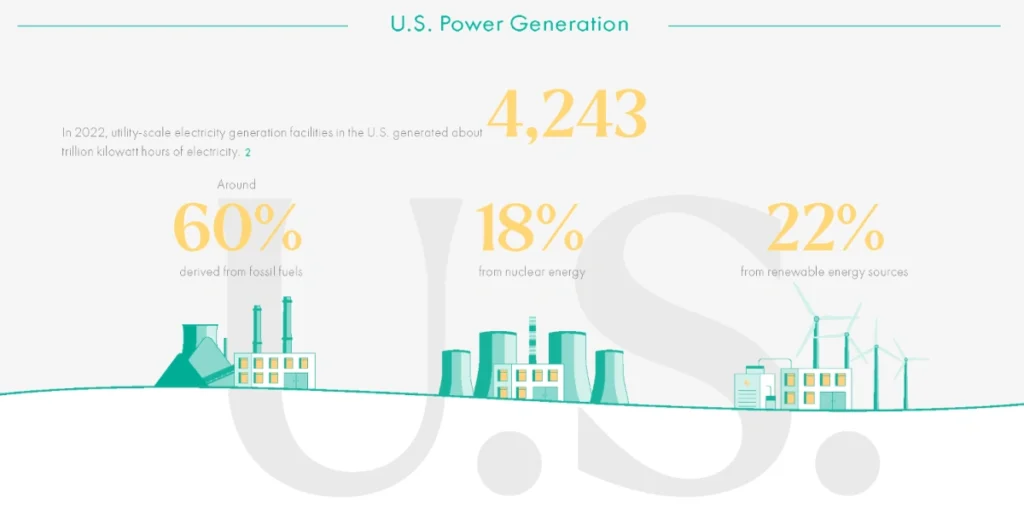
Nuclear energy has various applications in the field of medicine, offering valuable contributions to diagnosis, treatment, and research, including:
Nuclear reactors are used to produce radioisotopes, which are used in medical imaging techniques such as positron emission tomography (PET) and single-photon emission computed tomography (SPECT). These isotopes help in diagnosing and monitoring various medical conditions, including cancer, cardiovascular diseases, and neurological disorders.
Radiation therapy, a common treatment for cancer, involves the use of high-energy radiation to destroy cancer cells. Nuclear technology plays a crucial role in producing the radiation sources, such as gamma rays or electron beams, used in radiation therapy.
Nuclear technology is also employed for sterilizing medical equipment and supplies. Gamma radiation is used to effectively kill bacteria, viruses, and other microorganisms, ensuring the safety and sterility of medical instruments before use.
Nuclear energy offers unique advantages in powering space exploration missions, particularly for long-duration missions that require reliable and efficient power sources in remote and challenging environments.

RTGs utilize the heat generated from the natural decay of radioisotopes, such as plutonium-238, to produce electricity. These compact and long-lasting power systems have been used in space missions to provide electricity for scientific instruments, spacecraft, and rovers.
Nuclear thermal rockets utilize the heat produced by nuclear reactions to generate thrust. This technology offers high efficiency and significant propulsion capabilities, potentially enabling faster and more efficient space travel.
Prior to 2023, only one new nuclear reactor had come online since 1996, but that is set to change, especially with new developments in nuclear energy.
Small Modular Reactors (SMRs) represent a promising future for nuclear energy. These reactors are smaller in size and can be manufactured in a modular fashion, offering advantages such as enhanced safety features, flexibility in deployment, and potential cost savings. SMRs have the potential to be used in various applications, including remote communities, industrial facilities, and even as complementary sources of power alongside larger nuclear plants.
Thorium-based reactors are an area of ongoing research and development. Thorium is a naturally abundant and potentially safer alternative fuel source for nuclear power generation. While thorium reactors aren’t commercially deployed yet, their potential advantages include reduced nuclear waste production, increased proliferation resistance, and improved resource availability compared to traditional uranium-based reactors.
Fusion power, the process of harnessing the energy released by nuclear fusion reactions, holds immense promise for the future of energy production. Although fusion power is still in the experimental stage, significant research efforts are being made to develop practical fusion reactors. Fusion power offers abundant fuel resources, minimal waste generation, and inherent safety features. If successfully harnessed, fusion power could provide a virtually limitless and sustainable energy source.
Graham Lumley, Digital Marketing Manager at BKV Energy, leads digital and traditional marketing strategies, focusing on educating Texans about the state's deregulated energy market. With over 8 years of marketing experience, he creates content to help consumers understand and save on their energy bills, bringing a fresh and dynamic approach to the industry.
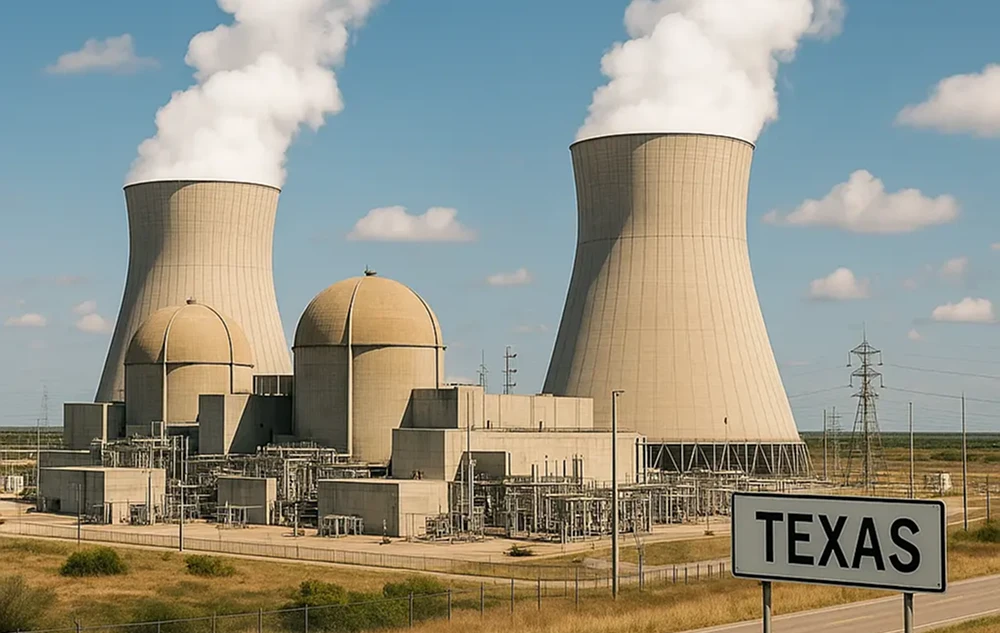
Nuclear energy offers low emissions and reliable power, but it also raises concerns about waste, water use, and safety.
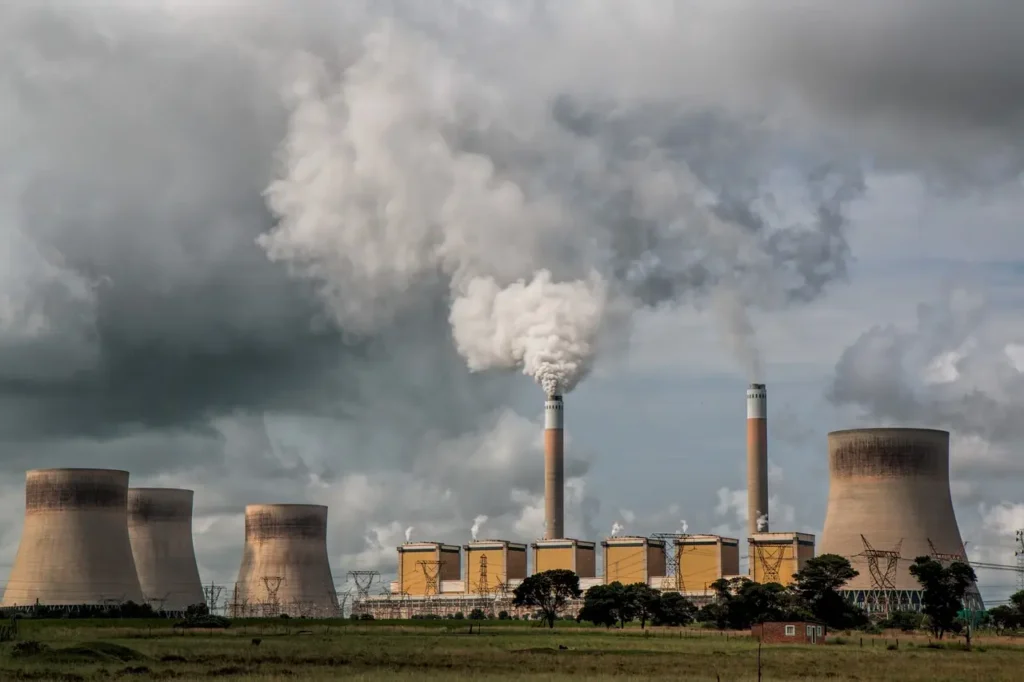
Get $50 off your electric bill!
Use code BKVEJOINUS50
Enter your zip code to shop BKV Energy's affordable, fixed-rate Texas electricity plans. Use the promo code for $50 off your electric bill.